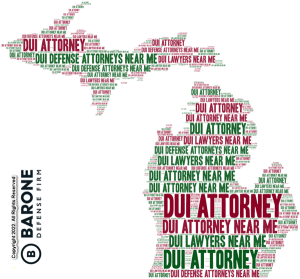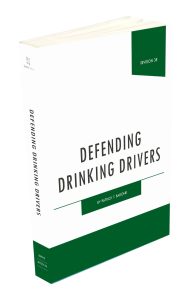Michigan drivers are sometimes stopped under suspicion of intoxicated driving after a concerned citizen calls 911. The validity of these traffic stops are highly fact-specific, and depending on exactly what is reported to 911, the stop may or may not be sufficient to support a DUI conviction.
One case in Michigan where the DUI traffic stop was deemed to be invalid, and the drunk driving case dismissed, is People v. Pagano, 507 Mich. 26, 967 N.W.2d 590 (2021). In this intoxicated driving case the Michigan Supreme Court specifically found that the traffic stop based only on the 911 was insufficient to establish a reasonable suspicion that the driver was drunk. Because the stop was therefore legally invalid, the Court had no other choice but to dismiss the case outright.
In Pagano, the 911 caller reported that they had observed a woman driving while yelling at her kids and generally behaving in an obnoxious manner. While the caller indicated that they believed the driver was intoxicated, no other information was provided in support of this contention. However, the caller did provide much identifying information relative to the car being driven, including the license plate number, the make model and color of the car, and the direction the vehicle was traveling.
 Michigan Criminal Defense Lawyer Blog
Michigan Criminal Defense Lawyer Blog



